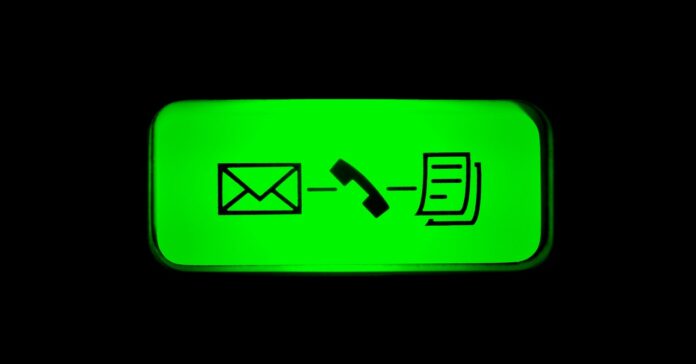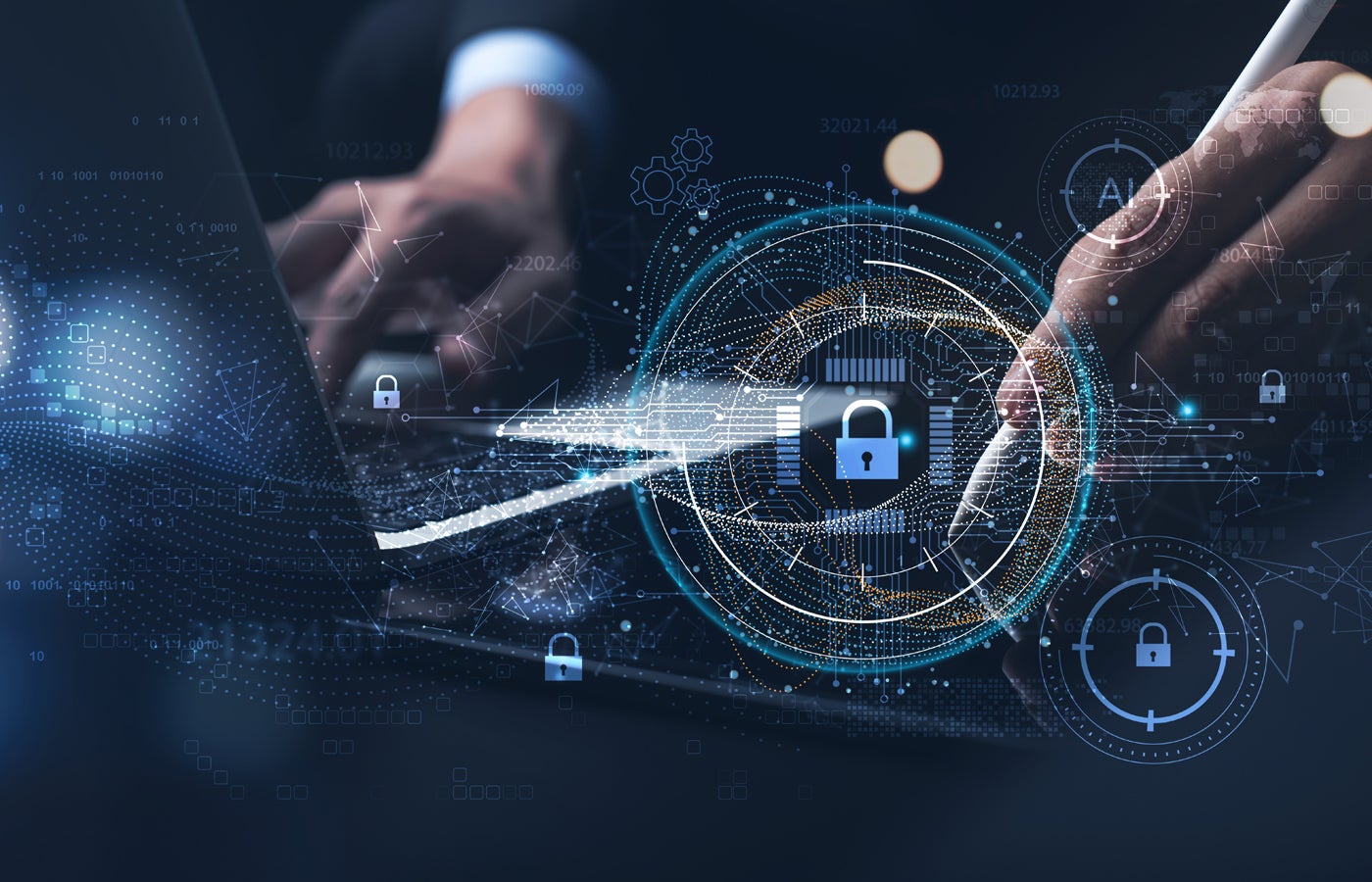Alison Stribling has learned a lot about infectious disease since she transferred onto Covid-19 response at the health department in Contra Costa County near San Francisco. One of her discoveries: How vital fax machines are to US pandemic response.
Across the country, labs and health providers report new Covid-19 cases to local health departments. At Contra Costa Health Services, officials use the data to start contact tracing or send extra help in certain cases, such as at a care home or to an infected health care worker.
On a typical day in Contra Costa, only around half of those reports arrive electronically; the rest, as many as hundreds, flow in via the fax line, creating a Sisyphean reading list. “It can be a very long day, especially during surges,” says Stribling, a public health program specialist. “It’s that feeling of ‘I can never get on top of this.’”
Now, Contra Costa’s fax first responders have a little high-tech help. Just before Thanksgiving, the department booted up software called Covid Fast Fax, developed in hurried collaboration with Stanford University researchers. It flags the most urgent new faxes using machine-learning algorithms. When Stribling and others in the fellowship of the fax returned to work after the holiday, they had a backlog of hundreds of faxes to read—but at least knew where to start. “That was great timing,” Stribling says.
Like much else about US pandemic response, the project highlights the creakiness of the country’s health system. It’s also another example of creative minds patching it up with hasty innovation, after skilled auto workers made face shields, or homemade hand sanitizer. In 2020, such projects can be lifesavers. Contra Costa’s Stanford collaborators have now released their code and methodology for other researchers or health departments to use.
Contra Costa got its AI helper after Amit Kaushal, a Stanford professor and practicing physician who works on integrating machine learning into health care, offered the department his skills this spring. Kaushal suggested collaborating on a grant he’d received to work on curbing the virus’s spread with a contact-tracing app using Bluetooth signals. Officials got more excited when he tossed out the notion of an AI-enhanced fax line.
Health officials in Contra Costa were struggling with more than just the volume of incoming case reports. Faxes appear as PDFs on a server, not piles of paper—this is after all the 21st century. But it’s tricky to spot and assess a Covid-19 case at a glance. Cases can be reported on several different forms, which are also used for other diseases, are often scrawled by hand not typed, and sometimes arrive in a jumble of other messages or records. On a usual day, two public health specialists would be assigned to read through and prioritize incoming faxes. “Very few faxes are the same, and it takes a lot of attention to detail and training to know what you’re looking at,” says Stribling, who for a time led the team handling incoming case data. “That can be hard to do for eight hours or more.”
Kaushal and fellow Stanford researchers aimed to tame the problem using machine-learning software that analyzes images—technology more commonly aimed by medical researchers at tumors, not faxes.
To avoid handling sensitive medical data, Kaushal recruited some fellow physicians to fill out disease reporting forms with randomly generated patient data in authentically doctorly scrawls. The phony forms were sent to a fax line to create authentic-looking sample data. Grad student Adam Lavertu used that data to train software to classify whether a page of an incoming fax contains a new Covid-19 case report or is something else, like a medical record or report of tuberculosis.
.





